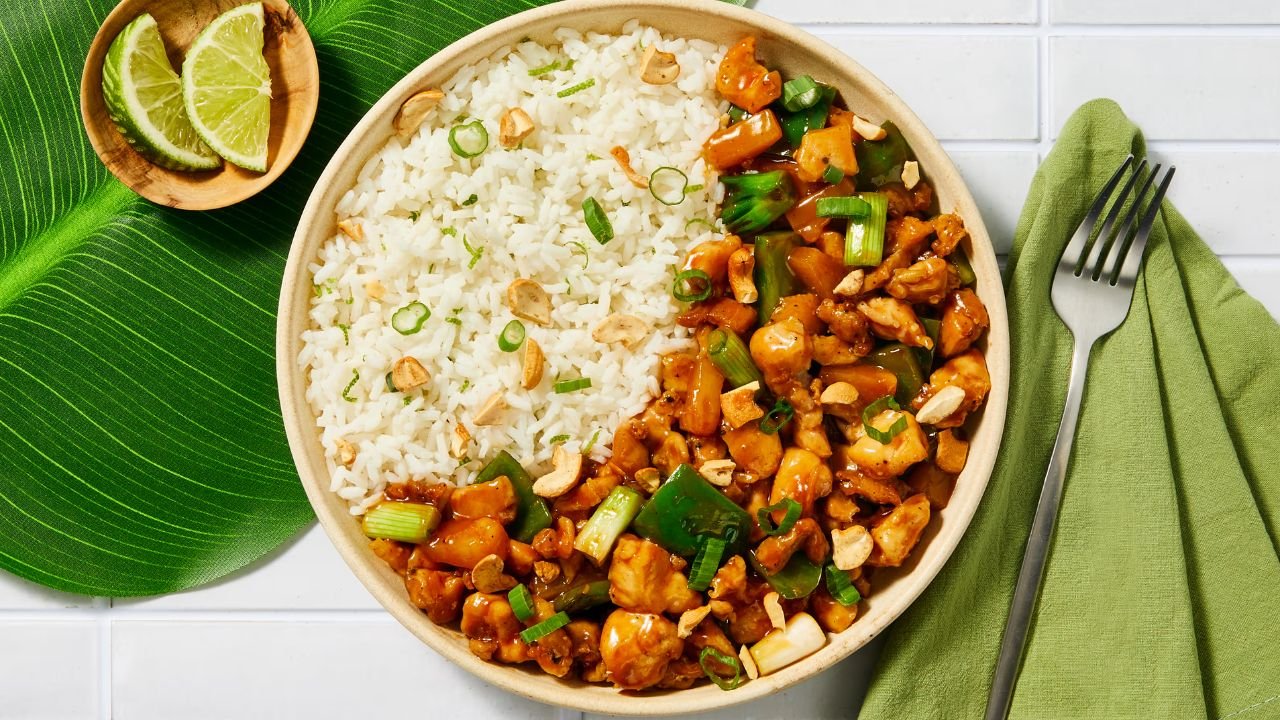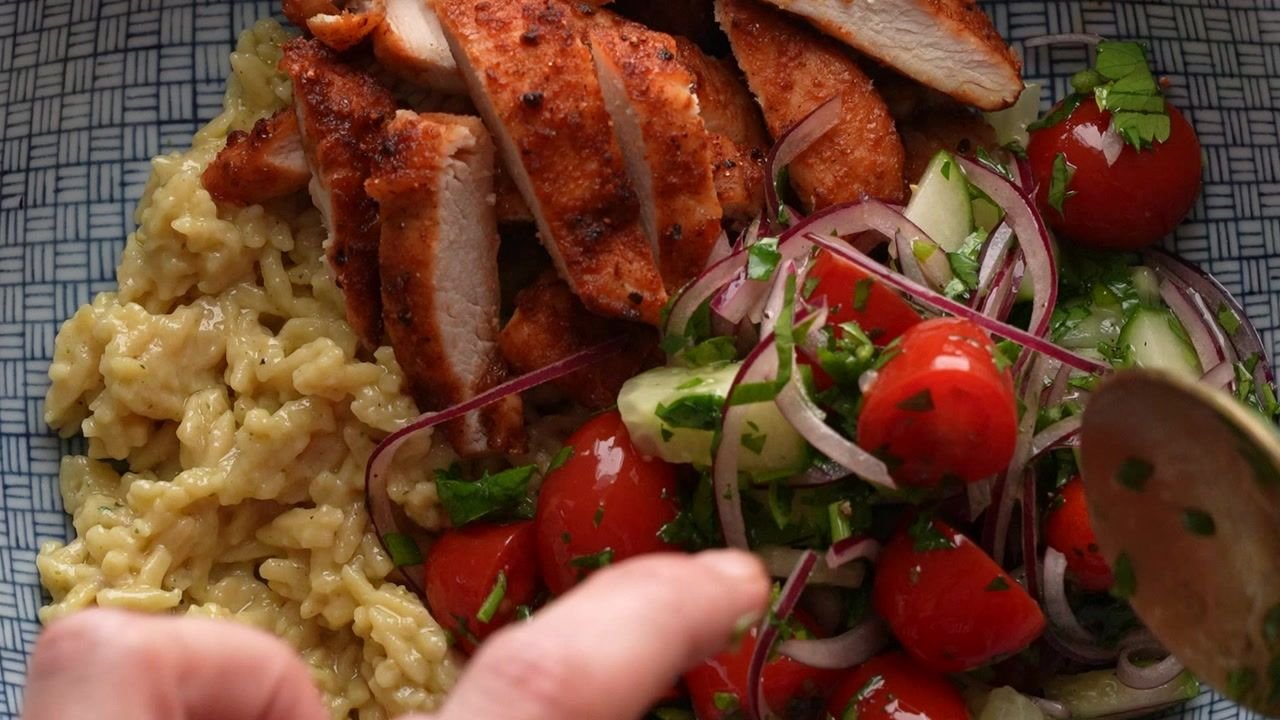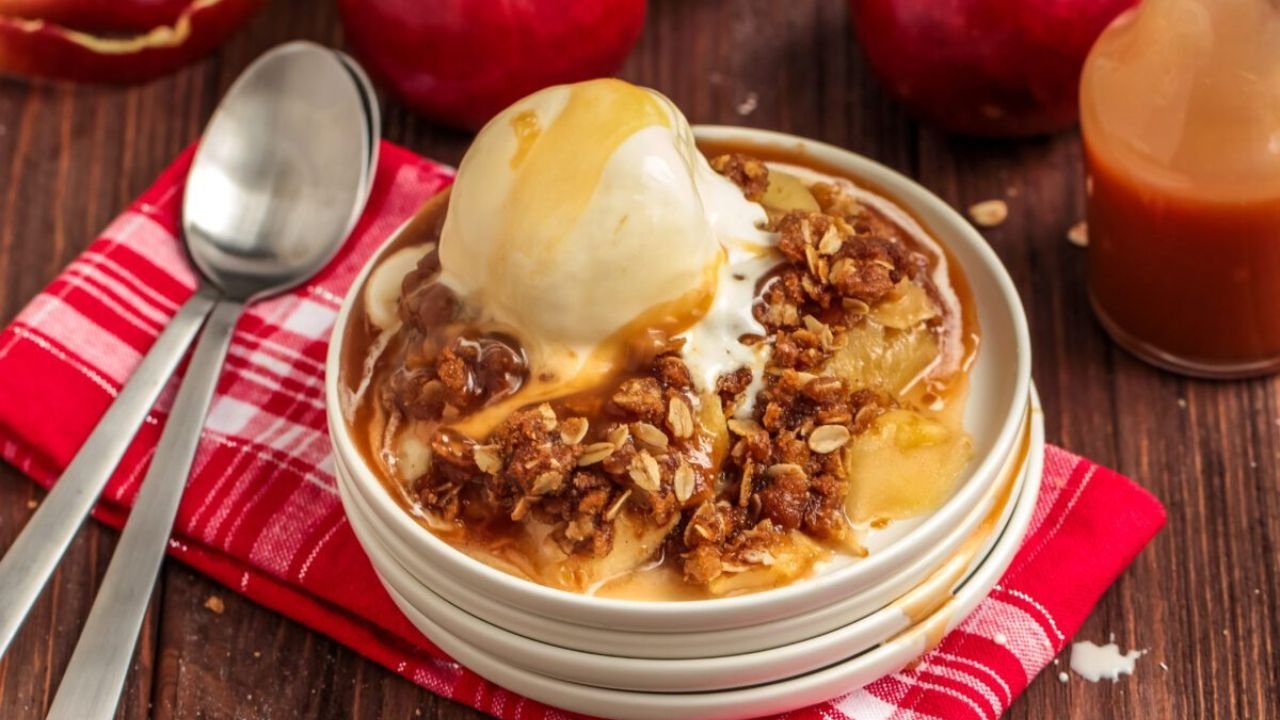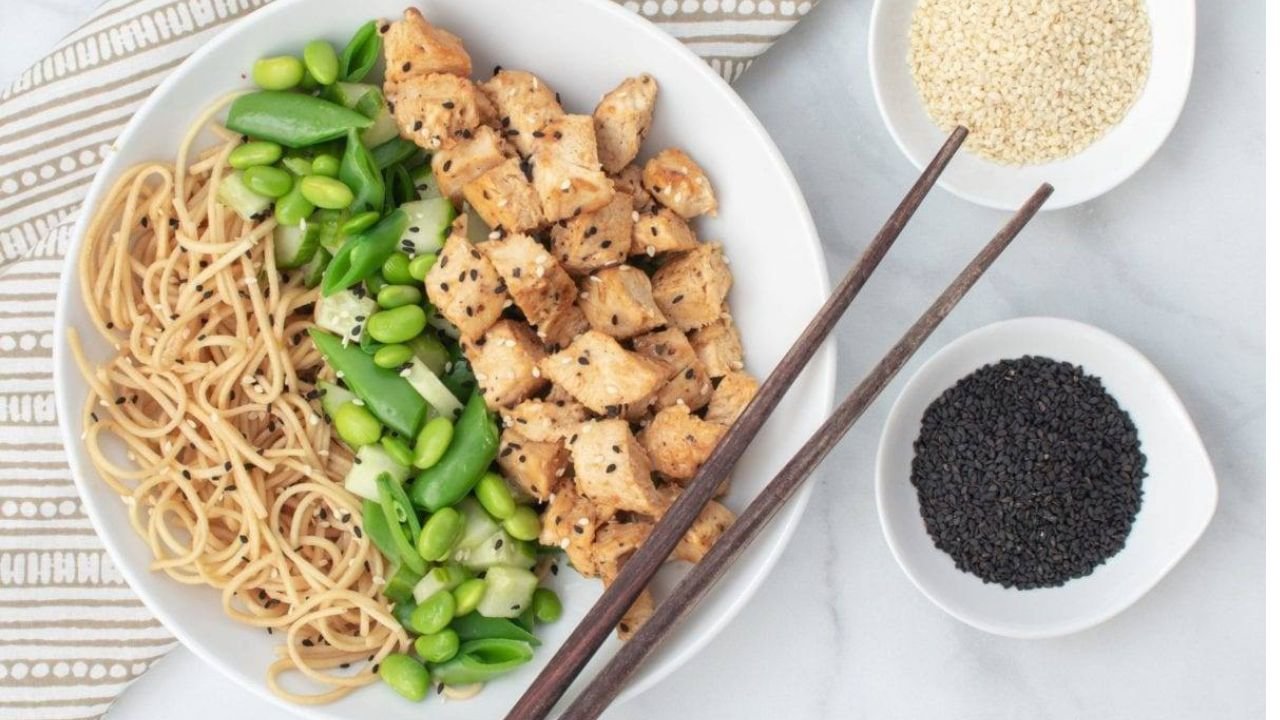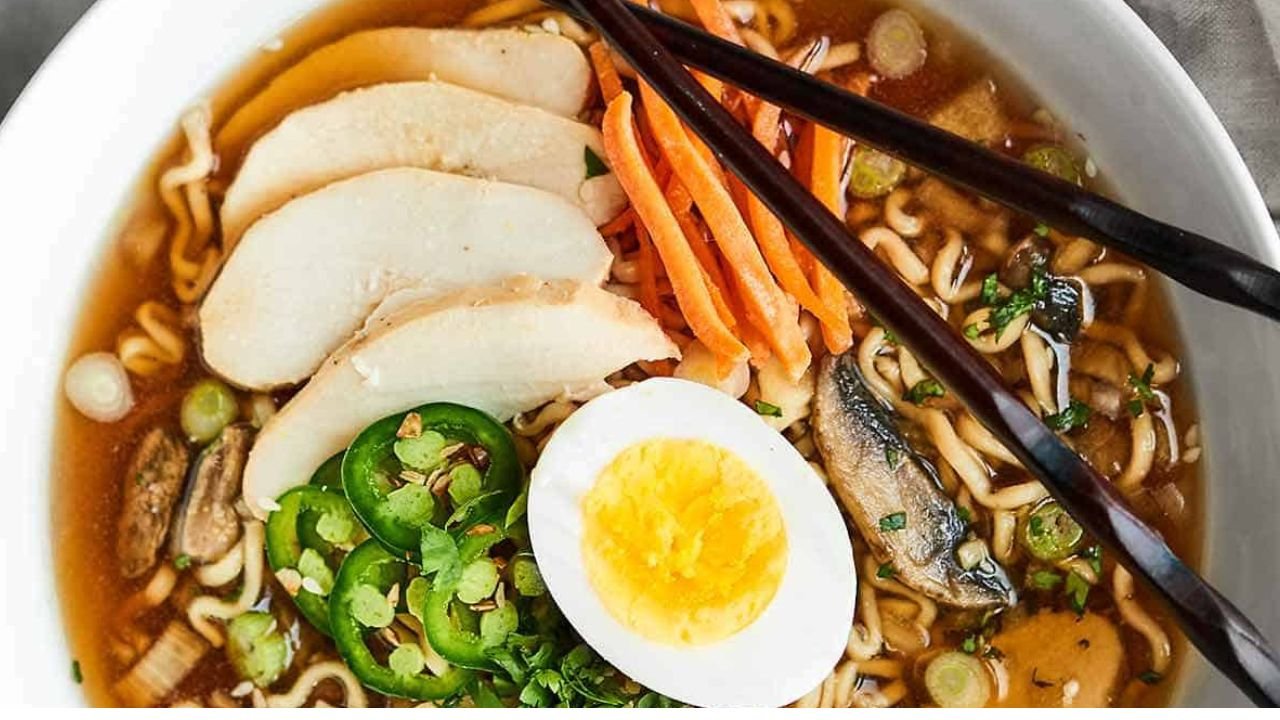Introduction
Cashew chicken is a beloved dish in Chinese-American cuisine, appreciated for its crunchy nuts, savory sauce, and tender chicken. The “Kickin’” version elevates this classic with bold, spicy flavors, creating a dynamic, satisfying dish with layers of heat and texture. This dish has become increasingly popular among home cooks and restaurant chefs seeking a flavorful, protein-packed meal that balances spice, crunch, and umami.
In this comprehensive guide, we’ll explore the origins of cashew chicken, delve into ingredient selection, provide step-by-step recipes, discuss variations, examine cultural influences, analyze nutritional aspects, and suggest serving ideas. Whether you’re a seasoned cook or a culinary enthusiast eager to master this bold dish, this article aims to be your ultimate resource.
The Origins and Cultural Context of Cashew Chicken
Historical Background
Cashew chicken originated in the United States, specifically in Chinese-American cuisine, likely developed in the mid-20th century as chefs sought to adapt traditional Chinese dishes to American palates. The dish combines stir-fried chicken with cashew nuts in a savory sauce, often featuring soy, garlic, ginger, and vegetables.
Evolution of the Dish
Over time, cashew chicken has evolved from a simple stir-fry to various regional and restaurant-specific versions, some more spicy, others sweeter or saucier. The addition of spicy elements, such as chili paste or hot sauce, has become more prominent in modern interpretations, giving rise to “Kickin’” variants.
Cultural Significance
This dish exemplifies the fusion of Chinese culinary techniques with American ingredients and flavor preferences. Its popularity reflects the broader trend of Asian-inspired dishes adapting to local tastes, emphasizing bold flavors, crunchy textures, and quick preparation.
Core Ingredients and Their Selection
Chicken
- Type: Boneless, skinless chicken breasts or thighs. Thighs are juicier and more forgiving, but breasts are leaner.
- Preparation: Cut into bite-sized pieces or strips. Marinating briefly enhances flavor and tenderness.
Cashew Nuts
- Quality: Raw or roasted cashews. For a richer flavor, roasted is preferred.
- Texture: Crunchy and substantial, providing contrast to tender chicken.
Vegetables (Optional but Recommended)
- Bell peppers, broccoli, snow peas, carrots, or scallions add color, texture, and flavor complexity.
Sauce Components
- Soy Sauce: Provides umami and saltiness.
- Oyster Sauce or Hoisin Sauce: Adds depth and sweetness.
- Garlic & Ginger: Aromatic base flavors.
- Chili Paste or Hot Sauce: For the “kick.”
- Rice Vinegar or Lime Juice: Balances flavors.
- Sesame Oil: Adds nuttiness.
- Cornstarch or Arrowroot: Thickening agent.
Spicy Elements
- Sriracha, chili flakes, or chili oil can be used to increase heat.
Other Pantry Staples
- Vegetable oil (for stir-frying)
- Honey or brown sugar (optional, for balancing heat)
- Green onions or scallions (for garnish)
The Technique: Step-by-Step Guide
1. Marinate the Chicken
- Combine soy sauce, a splash of rice vinegar, minced garlic, ginger, and a teaspoon of cornstarch.
- Toss chicken pieces in the marinade and let sit for 15-30 minutes. This tenderizes and infuses flavor.
2. Prepare the Sauce
- Mix soy sauce, oyster or hoisin sauce, chili paste, sesame oil, and a small amount of water or chicken broth.
- Adjust spice level to taste.
- Dissolve cornstarch in a small amount of cold water to create a slurry for thickening.
3. Cook the Chicken
- Heat oil in a wok or large skillet over medium-high heat.
- Add marinated chicken and stir-fry until cooked through and slightly browned, about 4-6 minutes.
- Remove from pan and set aside.
4. Stir-Fry the Vegetables
- In the same pan, add a bit more oil if needed.
- Toss in vegetables like bell peppers, broccoli, or snow peas.
- Stir-fry for 2-3 minutes until crisp-tender.
5. Combine and Finish
- Return cooked chicken to the pan.
- Pour in the prepared sauce.
- Bring to a simmer; add the cornstarch slurry to thicken.
- Stir until all ingredients are coated and the sauce is glossy.
6. Add Cashews and Serve
- Toss in cashew nuts and cook for another minute.
- Garnish with sliced scallions or sesame seeds.
- Serve hot over steamed rice or noodles.
Variations and Creative Twists
Spicy Kick Variations
- Increase chili paste or hot sauce.
- Add chopped fresh chilies.
- Use chili oil for a fragrant heat.
Nut Alternatives
- Substitute or mix with peanuts, almonds, or macadamia nuts for different flavor profiles.
Sauce Variations
- Use sweet chili sauce for a sweeter, milder flavor.
- Incorporate black bean sauce or fermented chili paste for deeper umami and spice.
Protein Alternatives
- Replace chicken with tofu, shrimp, or beef for variety.
- For vegetarian versions, use tempeh or seitan.
Additional Flavors
- Incorporate five-spice powder for a complex aroma.
- Add a splash of rice wine or Shaoxing wine during stir-frying.
- Use fresh herbs like cilantro for brightness.
Serving Styles
- Serve as a main dish with steamed jasmine or brown rice.
- Use as a filling for lettuce wraps.
- Toss with noodles for a stir-fry variation.
Health and Nutritional Aspects
Nutritional Benefits
- Protein: Chicken provides lean protein essential for muscle repair and maintenance.
- Healthy Fats: Cashews contain monounsaturated fats, fiber, and minerals like magnesium.
- Vitamins & Minerals: Vegetables add vitamins A, C, K, and fiber.
- Antioxidants: Ginger and garlic have anti-inflammatory and immune-boosting properties.
Considerations
- Calorie Content: Cashews and oil contribute to calorie density; portion control is advisable.
- Sodium: Soy sauce and other condiments can be high in sodium; opt for low-sodium versions.
- Allergies: Nut allergies should be considered; substitute with seeds or omit nuts.
Making it Healthier
- Use leaner cuts of chicken or plant-based proteins.
- Incorporate more vegetables.
- Use less oil or choose healthier oils like avocado or olive oil.
- Opt for low-sodium soy sauce or coconut aminos.
- Serve over brown rice or cauliflower rice for added fiber and lower glycemic index.
Cultural Influences and Fusion
While “Kickin’ Cashew Chicken” is rooted in Chinese-American cuisine, its flavor profile makes it adaptable to various culinary traditions:
- Thai: Add lime, fish sauce, and Thai chili for a Southeast Asian twist.
- Korean: Incorporate gochujang (fermented chili paste) and sesame seeds.
- Mexican: Use chipotle or adobo seasonings and serve with tortillas.
- Vegetarian: Use tempeh or eggplant with similar spicy, nutty flavors.
Fusion cuisine celebrates these cross-cultural influences, making Kickin’ Cashew Chicken a versatile and globally inspired dish.
Presentation and Serving Ideas
- Serve over steamed jasmine or jasmine rice, fried rice, or quinoa.
- Garnish with chopped scallions, sesame seeds, or fresh cilantro.
- Accompany with steamed vegetables or a light Asian-style salad.
- Pair with Asian-inspired beverages like jasmine tea, sake, or light beers.
Tips for Perfect Kickin’ Cashew Chicken
- Use high heat for stir-frying to achieve a good sear.
- Prepare all ingredients beforehand (mise en place) for smooth cooking.
- Adjust spice levels according to taste; start small and increase gradually.
- Use fresh garlic and ginger for maximum flavor.
- Do not overcook vegetables; aim for crisp-tender.
- Toast cashews lightly if using raw nuts for enhanced flavor.
Conclusion
Kickin’ Cashew Chicken encapsulates the exciting possibilities of Asian-inspired comfort food—combining tender protein, crunchy nuts, vibrant vegetables, and a bold, spicy sauce. Its adaptability to various dietary preferences and flavor profiles makes it a favorite among home cooks and professional chefs alike.
By understanding the fundamental techniques, ingredient choices, and creative variations outlined in this guide, you can craft a version of Kickin’ Cashew Chicken that perfectly suits your palate and dietary needs. Whether enjoying it as a quick weeknight dinner or elevating it for a special occasion, this dish promises satisfaction with every bite.

